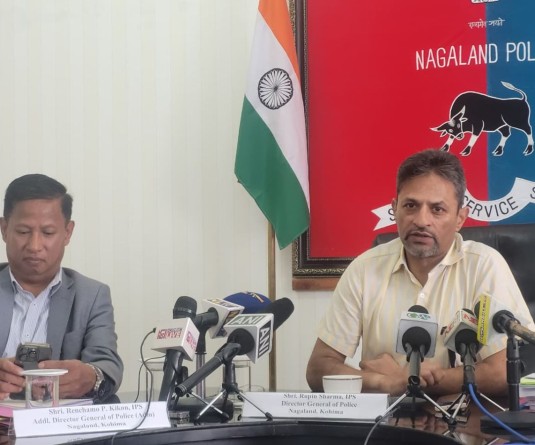
Blanket ban on import, transit of buffaloes imposed
Meluri, October 9 (MExN): As many as 204 buffaloes have reportedly died from Haemorrhagic Septicaemia in Meluri subdivision under Phek district, after the first case of bovine death was reported on September 4.
As a preventive measure, the Phek District Administration has ordered an indefinite blanket ban on import, slaughtering, butchering, and transit of buffaloes within the subdivision, according to a press release received on Saturday.
The release stated that a state level verification team which undertook ‘on-the-spot assessment’ from October 7 to 9, confirmed that 112 of the bovine deaths were reported from Reguri village, 82 from Kanjang village, and 10 from Akhen village, while several buffalos are still reportedly missing.
“Medical reports undertaken on this regard suggest that the cause of death is Haemorrhagic Septicemia, a bacterial disease that mainly affects cattle and water buffaloes,” the release stated, adding that the casualties have been increasing on a daily basis and is still counting.
The team also informed that a total of 106 families/farmers from Reguri, Kanjang, and Akhen villages have been affected by the calamity. As per the release, the team conducted interactive sessions with members of each village, thereby ascertaining the on-ground grievances faced by the villagers. The unexpected calamity has left the families of these villages in huge economic distress as they are highly dependent on the animals not only for consumption but also for agricultural purposes, it added.
The Joint Verification Team was led by Assistant Manager, Nagaland State Disaster Management Authority (NSDMA) Jonji Odyuo with Dr Shipatu Thupitor, Veterinary Assistant Surgeon, Meluri; C Tsalimse Sangtam, Extra Assistant Commissioner, Lephori; David Thupitor, Nodal Officer, DDMA-Phek; and Kati Jamir, Consultant, NSDMA as members, the release stated.
According to the Food and Agriculture Organization (FAO), Haemorrhagic Septicaemia is “an acute, fatal, septicaemic disease of cattle and water buffaloes caused by a gram negative bacterium Pasteurella multocida.
Cattle and water buffaloes are the primary species affected and water buffaloes are considered to be highly susceptible, it added, further informing that animals between the ages of 6 and 24 months are the most severely affected during outbreaks. The disease has been reported in swine, fallow deer and sporadically in horses, donkeys, elephant and yak.




